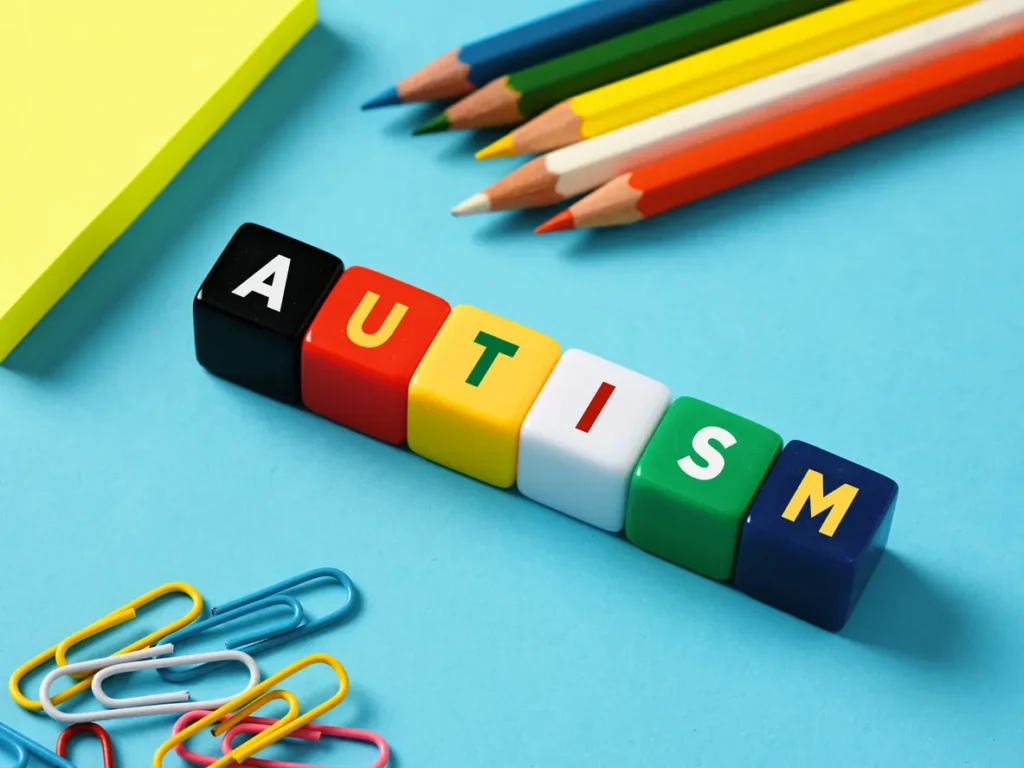By: Matthew Wallace

Story at-a-glance
- Autism affects social, communication, and behavior skills, with symptoms ranging from mild to severe.
- Three main types of autism: Autistic Disorder, Asperger Syndrome, and PDD-NOS.
- Causes are not fully known, but genetics and environment both play a role.
- Diagnosis involves screening and evaluation starting at 18–24 months.
- Support and management focus on communication, behavior, and routine to reduce stress and promote progress.
Autism spectrum disorders (ASDs) cause several types of disability that impair development—cause people who live with the disorders to experience communication, social interaction and behavioral challenges. The Centers for Disease Control and Prevention estimates that roughly 1 in 88 children living in the United States have an ASD. ASDs affect the brain of an individual, which creates a cognitive environment that handles and processes information differently. Consequently, people living with an ASD exhibit a range of mild to severe symptoms and each individual is affected in varying ways.
Autism Overview
Currently, science identifies three separate types of autism: Asperger syndrome, autistic disorder and pervasive developmental disorder. Generally, when people hear the word autism, they are thinking about autistic disorder, which generally results in intellectual disability and substantial communication problems. People with Asperger syndrome usually display odd behaviors, although they might not have an intellectual disability. Those with Pervasive Developmental Disorder—not otherwise specified exhibit symptoms of both autistic disorder and Asperger syndrome, though their symptoms are milder than those with autistic disorder.
Causes
Today, scientists are not completely sure what causes autism. Despite this, they believe that an individual’s environment and genetics play a significant role. Research shows that defective genes might affect brain development during the fetal stage. To illustrate, a 70% to 90% of autism concordance in identical twins suggests genetic factors. In addition, scientists have not ruled out non-genetic risk factors and exposure to toxins during pregnancy might contribute to the development of the disorder.
Social Development
Children with autism do not regularly attempt to involve themselves with their peers or others when compared to other children. In general, autistic children are more withdrawn than others are and develop strongly independent interests. Some examples of delayed social development include less eye contact, difficulty understanding the emotions of other people and fewer attempts to engage people. People with autism generally show difficulty with initiating social interactions, maintaining them and responding to others.
Screening and Diagnosis
Since the cause of autism is unknown, making a diagnosis might prove difficult. Unlike viruses, specialists cannot reach a diagnosis of autism using blood or urine tests. Consequently, diagnosis requires two steps: developmental screening and a comprehensive evaluation. The developmental screening for autism usually occurs at 18 and 24 months of age. The screening can reveal delays in speech, movement or behavior. If there are risks associated with the child’s well-being, such as a sibling with an ASD, the pediatrician can begin a comprehensive diagnostic evaluation. The evaluation includes neurological testing, vision screening, genetics testing and in-depth interviews about the child’s development.
Communication
Children with autism demonstrate difficulties with communication. Difficulties range from a complete lack of functional speech to the unusual use of language. For example, some children are unable to engage in conversation; although they can request items they want or need. On the other hand, some children repeat what someone says or make noticeable grammatical errors. Non-verbal communication presents a challenge for many autistic children; they show a marked reduction in the use of social gesturing, such as pointing or nodding.
Verbal children may demonstrate peculiar behaviors that express their desperate need for repetition and consistency. For example, autistic children might talk constantly about the same subject. They may also exclude others in their attempt to keep something the same. In addition, autistic children develop strong interests in “odd” behaviors, such as obsessively lining up objects instead of playing with them.
Other Symptoms
In addition to communication and social delays, autistic children may present sensory challenges; hypersensitivity or hyposensitivity may exist. They hypersensitive child shies away from noise, smells or tastes; he might have difficulty listening to loud music or eating different foods. The hyposensitive child cannot get enough of a specific sensation. Hyposensitive children respond less to pain and might seek constant motion or other sensations. They are more likely to experience injuries or move around constantly.
Management
Autistic children exhibit tantrums and breakdowns more often than others do. These behavioral challenges are in response to a number of things, including a lack of routine, anxiety, communication failures and social confusion. Managing autistic behavior requires understanding, compassion, diligence and patience. Adults can disrupt tantrums or episodes of rage by preventing its progression, attempting to identify what caused the situation to deteriorate and returning the environment to a level of comfort for the child.
For additional information about autism, visit the following resources:
Autism Spectrum Disorders: Treatment
FAQs
Ready to protect your future?
Get a personalized side-by-side policy comparison of the leading disability insurance companies from an independent insurance broker.




